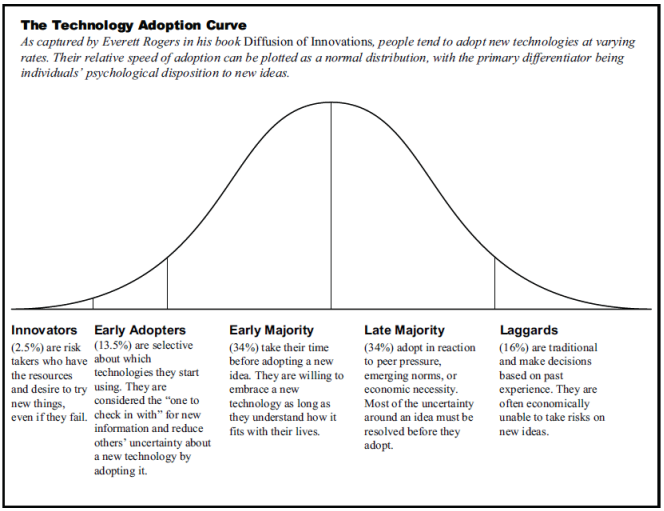by Michael Wolter
The truly smart city in its fully realized form remains a glimmer in technologists’ eyes, as property and construction sectors uphold their reputation for being slow to adopt technology. The call to action has been made, with new proptech companies forming all the time and advanced digital systems offering property companies a way to vastly increase safety, efficiency, and operation costs; however, before these can be fully embraced and integrated into current construction, existing structures will need to be “plugged in.”

The Importance of Open Data
James Dearsley recently wrote UKPA, RICS and the vital need for open data as a call to arms for property companies of all types, but especially larger organizations, to begin sharing their data openly to increase the ability for the property field as a whole to progress. Dearsley writes, “Large or small, we need to give our data away. It’s how the industry will mature and grow with confidence and precision.” However, this data cannot be effectively utilized and this vision not realized until it has a digital platform on which to flourish.
Even the suggestion of a shared digital platform is a tall order from where most property specializations currently stand, which is why the expedient adoption of proptech is more important than ever. Before we can get our buildings to digitally speak to one another – thus creating a smart city – property companies need to integrate digital solutions into their working models. Before property walks the walks, it’s got to talk the talk.
The Need for Proptech in Smart Cities
Potential benefits of proptech in smart cities abound. During the design phase computers can analyze vast amounts of data to locate structural or compliance issues and correct them even before construction has been scheduled. When interconnectivity of buildings is a reality, monitoring of operating costs will lower the running costs of buildings by optimizing specific functions for which certain buildings are used. Safety will be enhanced to a level never before seen, allowing diagnosis of problems and effecting repair well before a catastrophe occurs. Even machine learning can be enabled among a network of buildings, making operational enhancements happen instantly and constantly providing cost savings
There is no lack of proptech options on the market – they avail in every niche of property and the built environment. In the July/August 2017 edition of RICS Property Journal Shelby Green discusses how laser scanning can map existing structures and translate them into BIM models, recognizing that there was a “[UK] government mandate requiring all centrally procured projects to be completed to BIM Level 2 from 2016.” Imfuna’s mobile inspection app allows estate/letting agents, surveyors, and construction professionals document the state of a building in real time, backup data to the cloud, and produce comparison reports to evidence changes in structures over time. And in the March/April 2017 RICS Property Journal Chris Hoar provides an array of artificial intelligence (AI) areas that are poised to bring the smart city to fruition.

There is no lack of proptech options on the market – they avail in every niche of property and the built environment.
Despite this plethora of options, proptech’s benefits will not truly be felt until there is widespread adoption, and that needs to start now. While specifically referencing BIM, but reflecting the sentiment of a wide range of proptech companies, Peter Caplehorn writes in the June/July 2017 RICS Building Control Journal that “BIM’s full potential will only be realized when all parts of the profession are operating on a comprehensive and coordinated digital platform.”
We’ve said before that 2017 will be the year of proptech, and we’ll continue to evangelize the benefits of proptech. Imfuna believes proptech has immense benefits to offer the built environment – and we’re not just talking about our own property inspection apps. But will adoption take place sooner, rather than later? We will remain innovators who support the early adopters, while still promoting the tremendous value that proptech can bring to the early majority.









